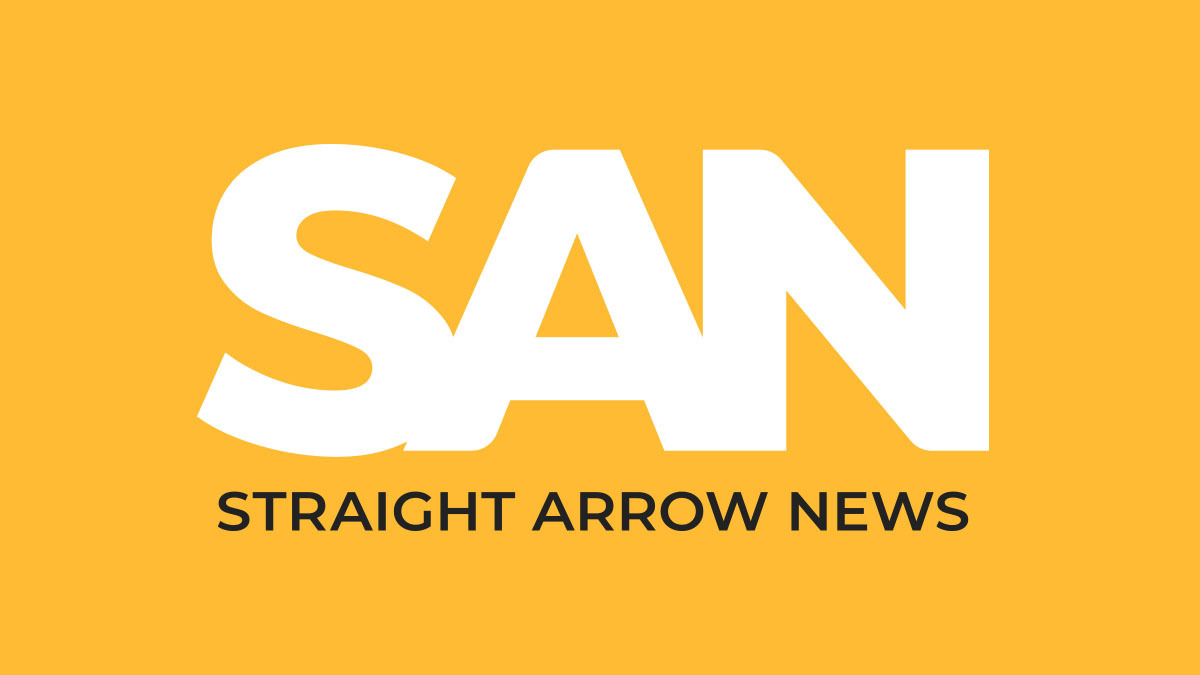
Simone Del Rosario:
The United States and India committed to a huge increase in trade on Thursday. But as leaders of the two nations met in Washington, President Donald Trump says he didn’t get everything he asked for.
Donald Trump:
I had discussions with India and the first term about the fact that their tariffs were very high, and I was unable to get a concession. So we’re just going to do it the easy way, and we’re just going to say, whatever you charge, we charge. And I think that’s fair for the people of the United States. And I think it’s actually fair for India.
Simone Del Rosario:
India tariffs trading partners like the U.S. an average of 17%. Compare that to the U.S. average of 3.3%, according to World Trade Organization data from 2023.
Trump says he wanted to address the disparity in his first term, but then COVID-19 hit.
Donald Trump:
We had to focus on that. And I wasn’t really in the mood to be putting it on Italy and Spain and France and India, frankly, in a lot of other countries, because the world was very troubled until we got rid of that nightmare.
Simone Del Rosario:
Now, ahead of his meeting with India’s Prime Minister Narendra Modi, Trump signed a presidential memo that would apply “reciprocal tariffs” to all trading partners.
Donald Trump:
“And on trade, I have decided for purposes of fairness that I will charge a reciprocal tariff, meaning whatever countries charge the United States of America … we will charge them. No more, no less. In other words – they charge us a tax or tariff and we charge them the exact same tax or tariff, very simple.”
Simone Del Rosario:
India is reportedly working to lower tariffs on some select imports. But the big concession Thursday came in the form of bilateral trade.
Narendra Modi:
Friends today, we have also set ourselves the target of more than doubling our bilateral trade to attain $500 billion by 2030
Donald Trump:
Today, the US trade deficit with India is almost $100 billion and Prime Minister Modi and I have agreed that we’ll begin negotiations to address the long running disparities that should have been taken care of over the last four years, but they didn’t do that.
Simone Del Rosario:
The trade deficit between the U.S. and India is closer to $46 billion in 2024, according to U.S. Trade Representative data. The U.S. and China are nearly tied as India’s largest trading partners. India is the U.S.’s 10th largest partner.
Donald Trump:
And we can make up the difference very easily with the deficit, with the sale of oil and gas, LNG, of which we have more than anybody in the world. The Prime Minister and I also reached an important agreement on energy that will restore the United States as a leading supplier of oil and gas to India.
Simone Del Rosario:
Similarly, Trump told the European Union to buy more U.S. oil to balance trade deficits or face tariffs. On top of energy, Trump says the U.S. will sell India F-35 stealth fighters and other military equipment to the tune of “many billions of dollars.” For SAN, I’m SDR.











